The diverse rocks of Switzerland
Rocks are formed, altered and then break down again in a continuous cycle. Three types of rocks are part of the cycle: igneous, metamorphic and sedimentary rocks. Rocks basically consist of mineral components, which also include natural glasses. They can also contain originally organic material such as animal remains or plant components. Learn more about Switzerland’s rocks in the following sections.
In the rock cycle, a cycle progresses over a geological period of several hundred million years. A fraction of this is the time period relevant for the disposal of radioactive waste: safety analyses for a deep geological repository for high-level waste “only” have to be made for a period of one million years. During this period, the waste must be contained in stable rock layers underground – to protect people and the environment.
In order for Nagra to safely store the waste underground, it needs in-depth knowledge of the suitable rocks and their properties. In Switzerland, the clay rock Opalinus Clay is suitable for a deep geological repository. It has been thoroughly researched. You can learn more about the Opalinus Clay and other rocks on a guided tour through the Swiss underground rock laboratories.
The rock cycle
The rocks within the uppermost 30 to 60 kilometres of the earth, the earth’s crust, are in a continuous cycle.
These cyclical movements are mostly so slow that we are not aware of them. Mountains form, and the rocks exposed at the surface are weathered. The mountains are eroded, and the debris is carried off in rivers and deposited elsewhere. Sedimentary rocks are formed from the eroded material.
All rocks can reach great depths where they melt or are altered to form metamorphic rocks. The molten rock, or magma, solidifies at depth or at the earth’s surface as magmatic rock, and the cycle begins anew.
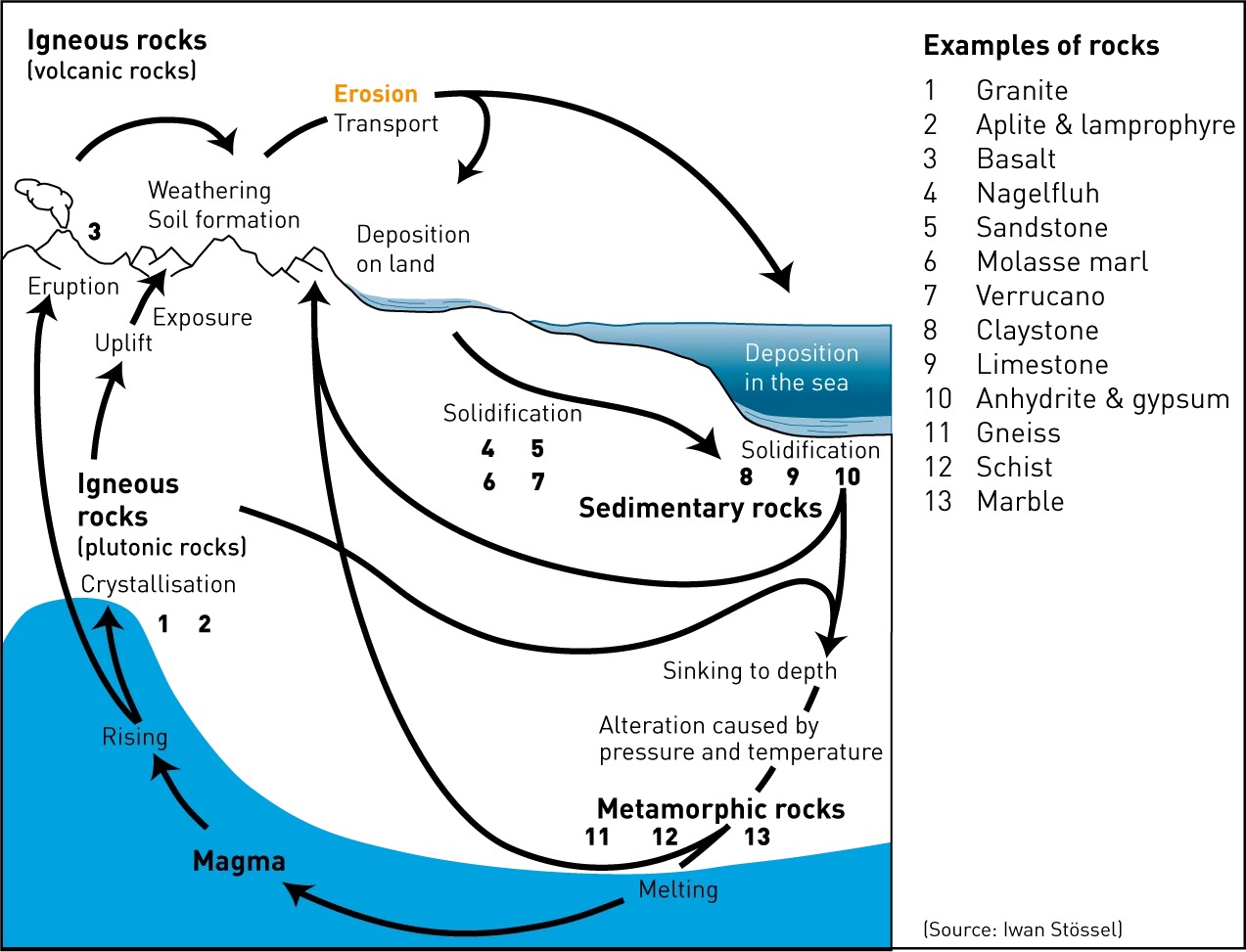
1. Igneous rocks
When magma cools in the earth’s crust, it solidifies to form plutonic rocks such as granite. Magma from volcanoes that reaches the earth’s surface is termed lava. This solidifies to form volcanic rocks such as basalt. Some magma also rises from below through narrow dykes and rock fissures. If this magma does not reach the surface and remains and solidifies in the dykes, dyke rocks such as aplite and lamprophyre form as a result.

Examples of magmatic rocks in Switzerland
Granite (plutonic)
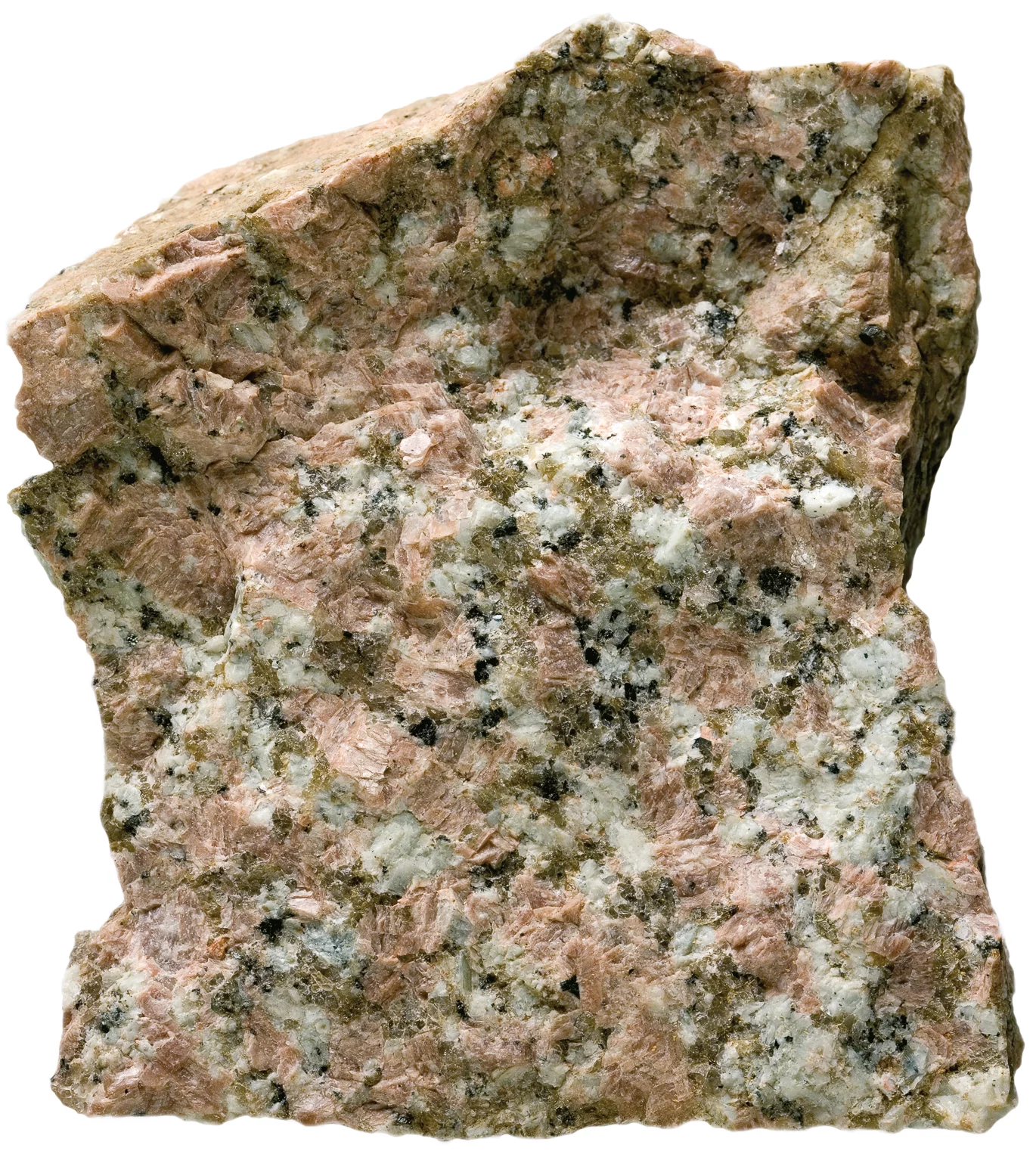

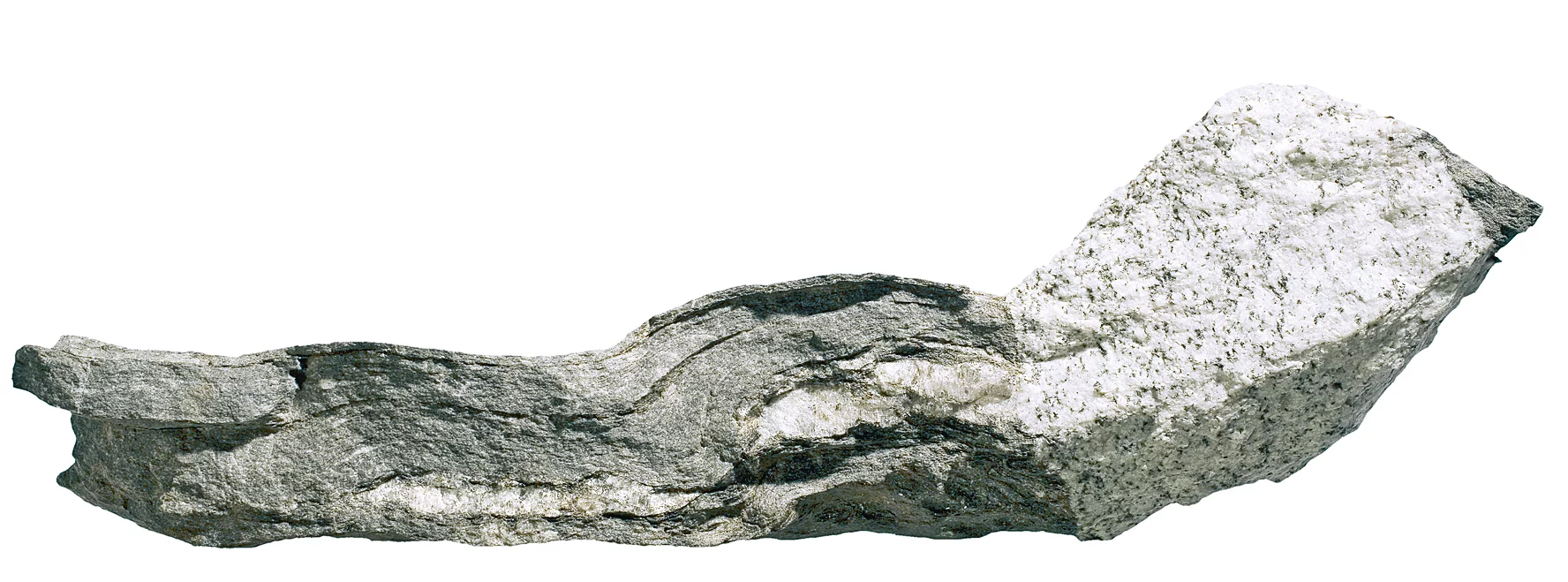

Examples of sedimentary rocks in Switzerland
Nagelfluh (conglomerate)
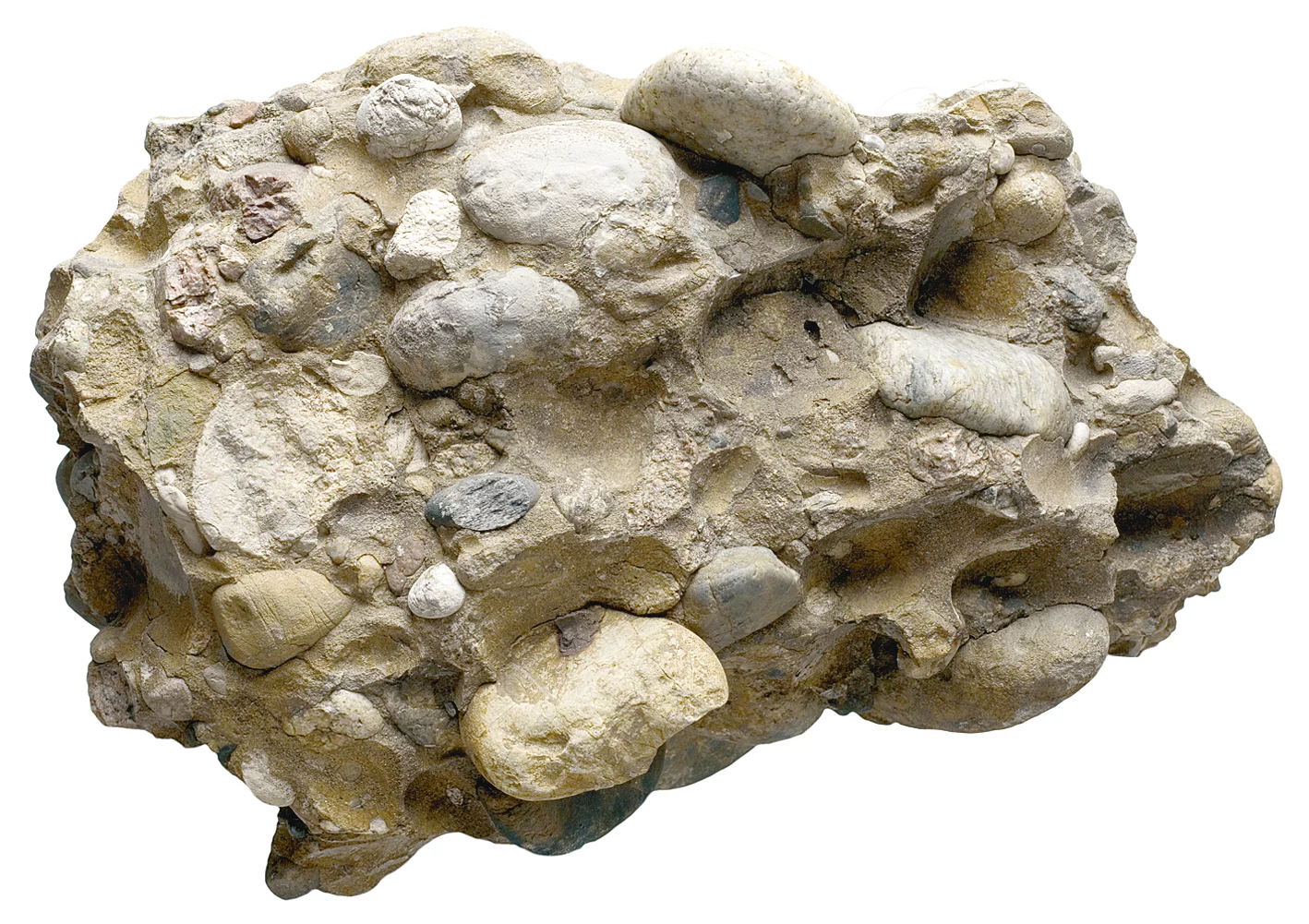
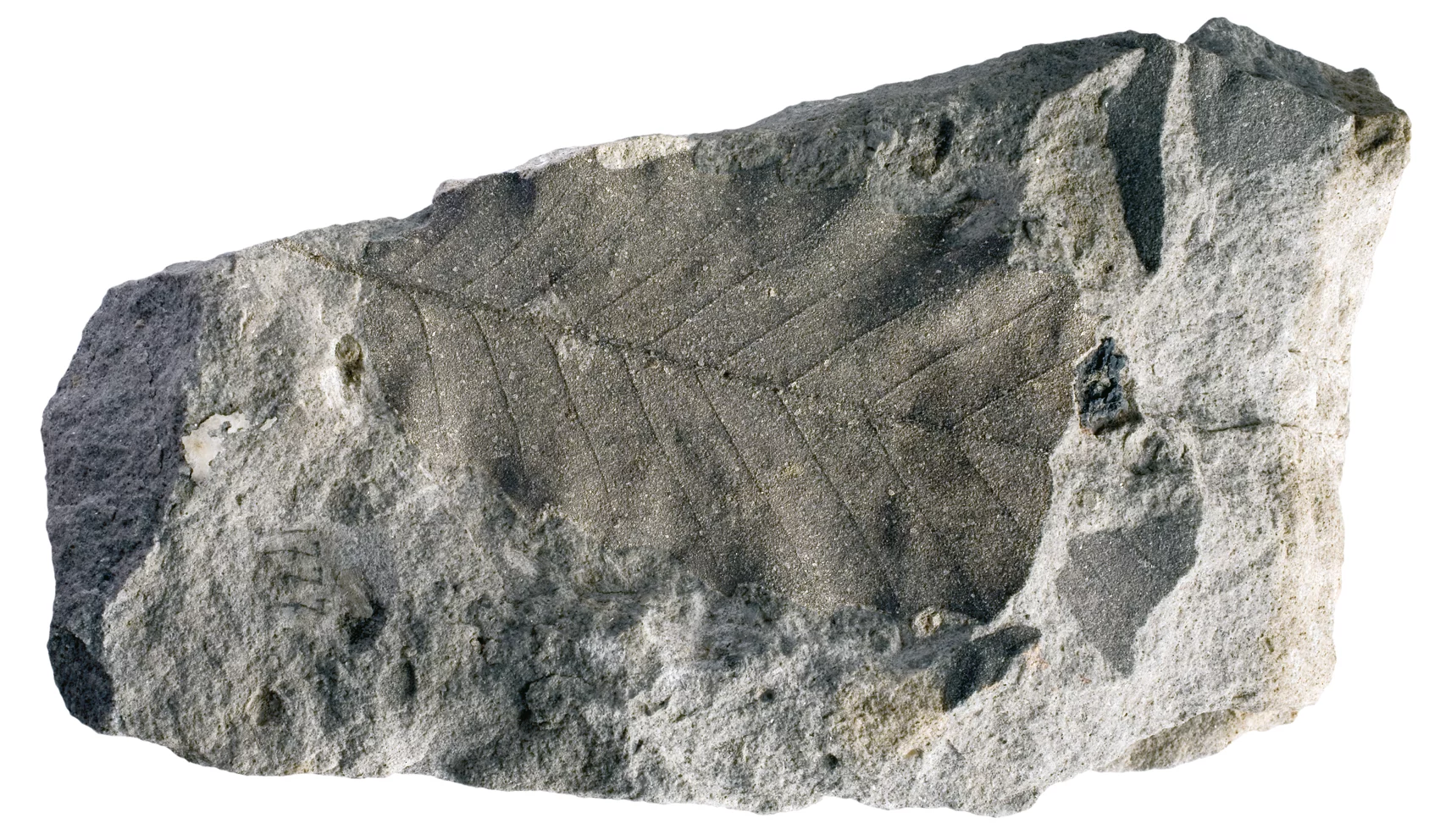
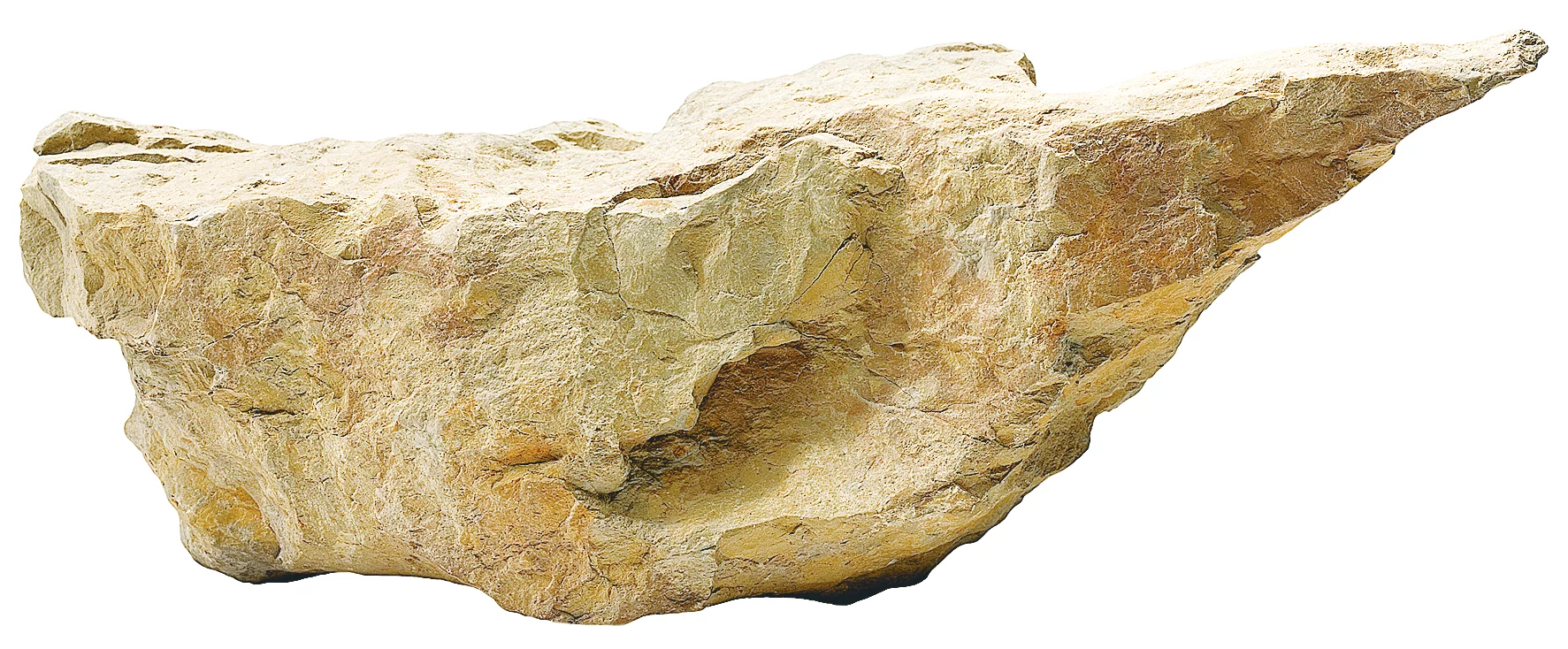

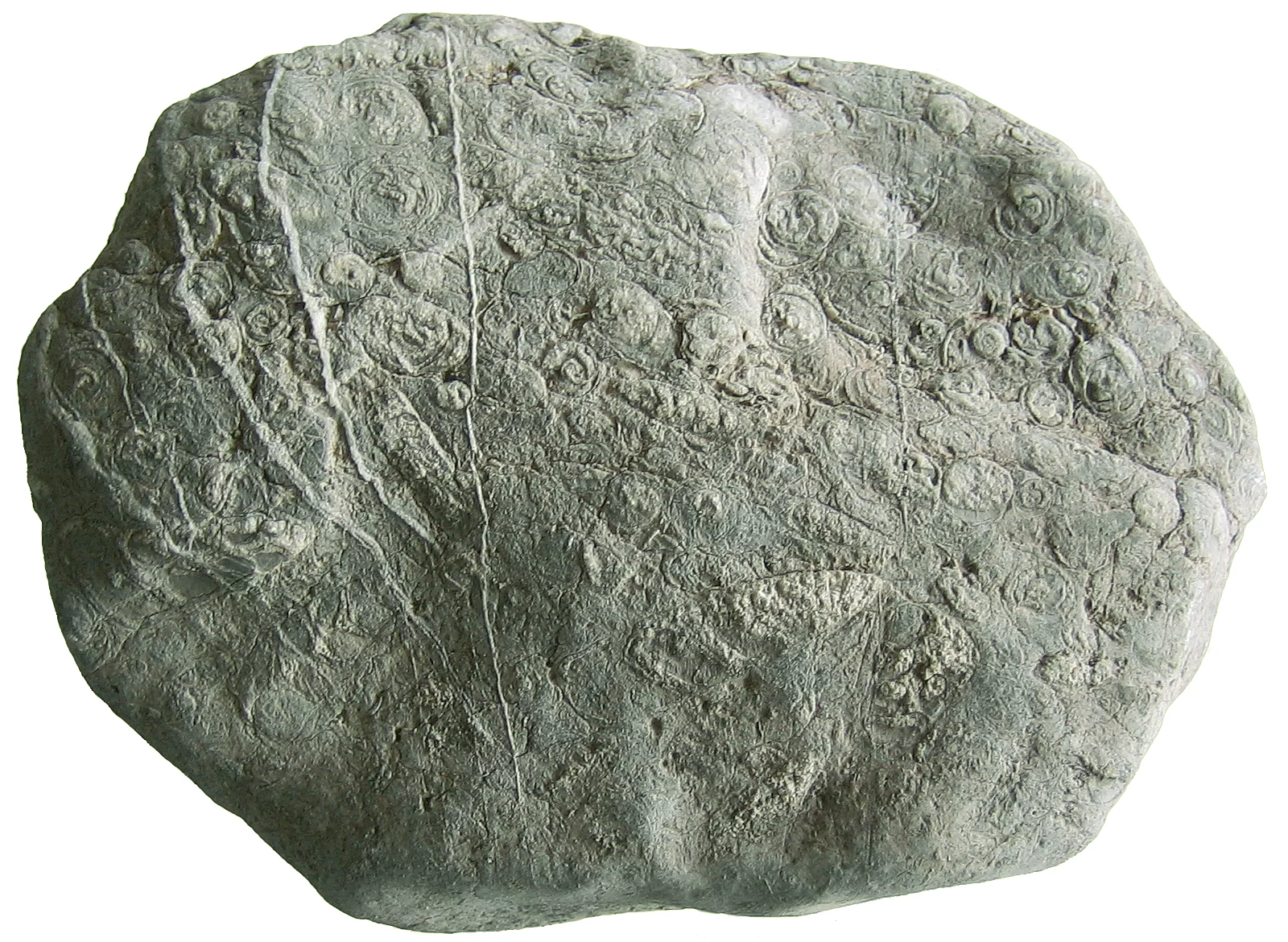
Occurrence: Jura and Alps
Origin: Deposition of hard parts of organisms on the sea floor
Composition: Mainly calcite
Appearance: Mostly light- to blue-grey, fine-grained
Properties: Easily workable
Uses: Floor tiles, building bricks, cement production, lime plaster
Anhydrite and gypsum


Examples of metamorphic rocks in Switzerland
Gneiss
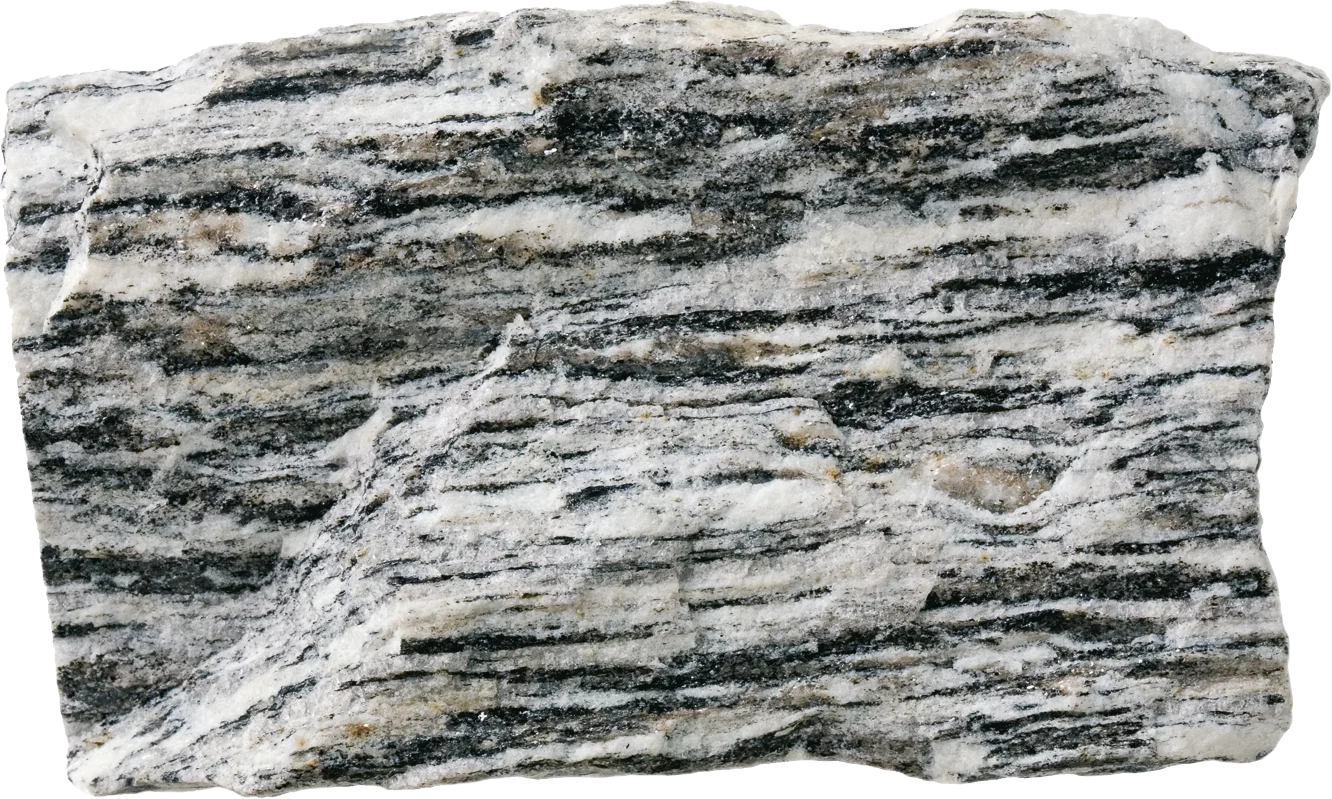
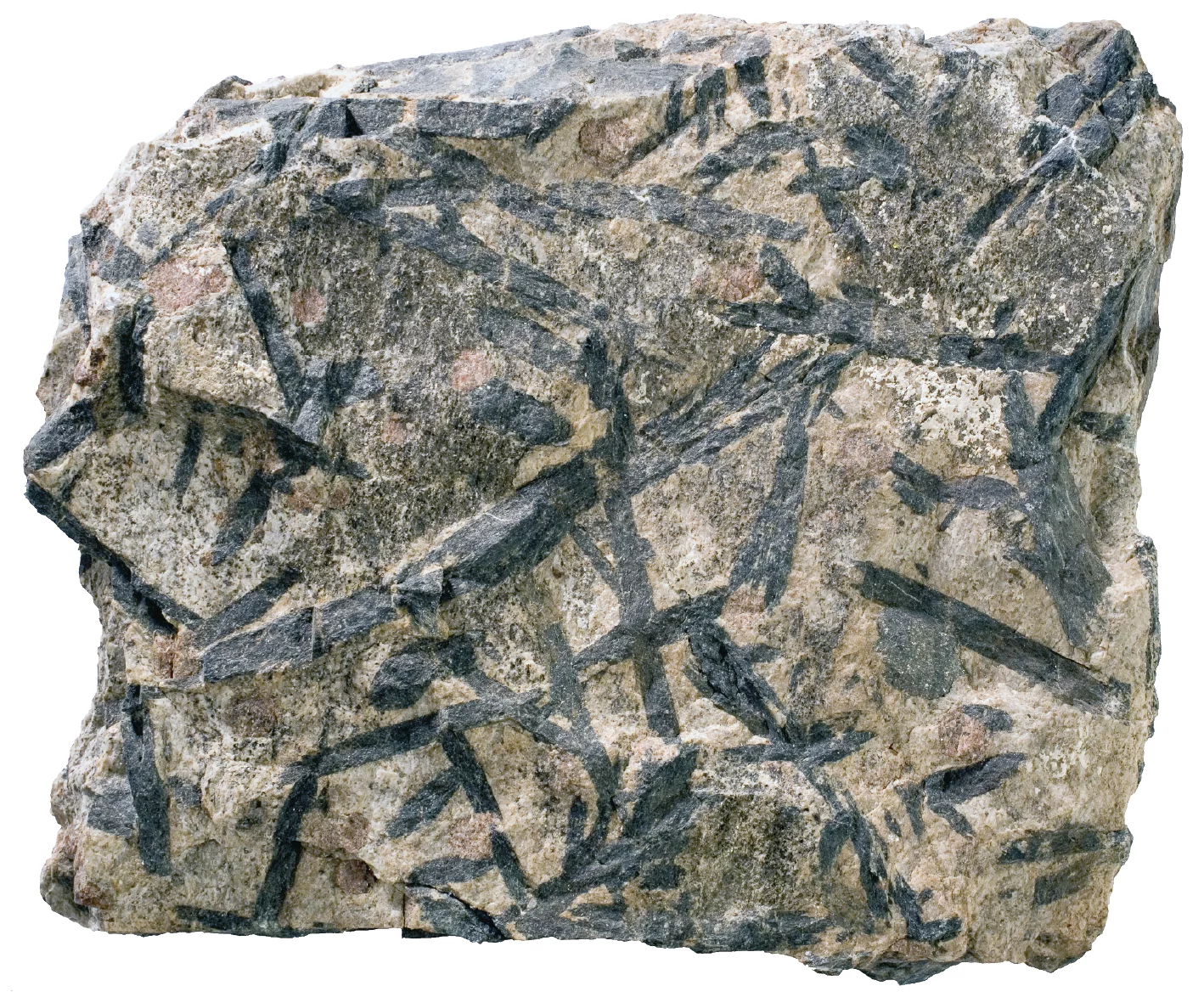
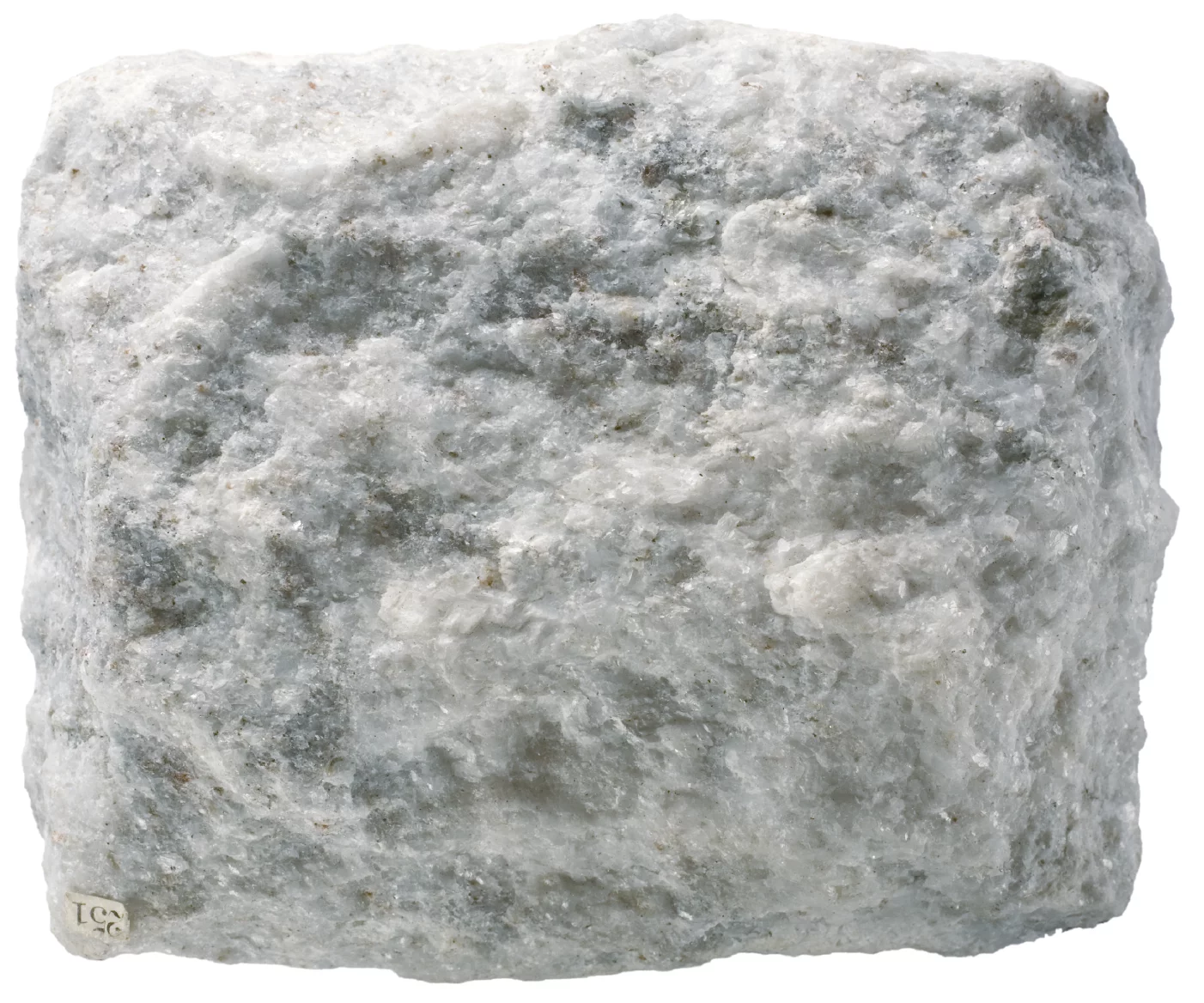
Additional information sources: